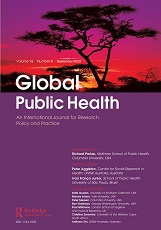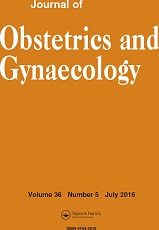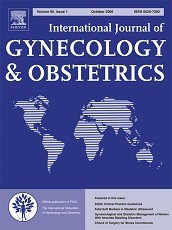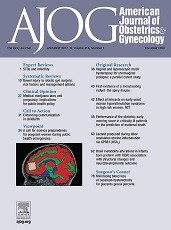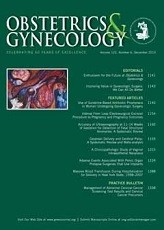A Wilson, EG Truchanowicz, D Elmoghazy, C MacArthur, A Coomarasamy
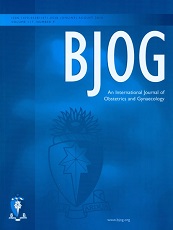
Abstract
Background: Obstructed labour is a major cause of maternal mortality. Caesarean section can be associated with risks, particularly in low- and middle-income countries, where it is not always readily available. Symphysiotomy can be an alternative treatment for obstructed labour and requires fewer resources. However, there is uncertainty about the safety and effectiveness of this procedure.
Objectives: To compare symphysiotomy and caesarean section for obstructed labour. Search strategy: MEDLINE, EMBASE, Cochrane library, CINAHL, African Index Medicus, Reproductive Health Library and Science Citation Index (from inception to November 2015) without language restriction.
Selection criteria: Studies comparing symphysiotomy and caesarean section in all settings, with maternal and perinatal mortality as key outcomes.
Data collection and analysis: Quality of the included studies was assessed using the STROBE checklist and the Newcastle Ottawa scale. Relative risks (RR) were pooled using the random effects model. Heterogeneity was assessed using I2 tests.
Main results: Seven studies (n = 1266 women), all of which were set in low- and middle-income countries (as per the World Bank definition) and compared symphysiotomy and caesarean section were identified. Meta-analyses showed no significant difference in maternal (RR 0.48, 95% CI 0.13–1.76; P = 0.27) or perinatal (RR 1.12, 95% CI 0.64–1.96; P = 0.69) mortality with symphysiotomy when compared with caesarean section. There was a reduction in infection (RR 0.30, 95% CI 0.14–0.62) but an increase in fistulae (RR 4.19, 95% CI 1.07–16.39) and stress incontinence with symphysiotomy (RR 10.04, 95% CI 3.23–31.21).
Conclusion: There was no difference in key outcomes of maternal and perinatal mortality with symphysiotomy when compared with caesarean section.
Tweetable abstract: Symphysiotomy could be an alternative to caesarean section when resources are limited.
Wilson A, Truchanowicz E, Elmoghazy D, MacArthur C, Coomarasamy A. Symphysiotomy for obstructed labour: a systematic review and meta-analysis. BJOG: An International Journal of Obstetrics and Gynaecology. 2016 Jul 20;1453-1461.
